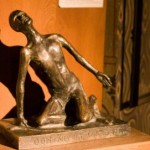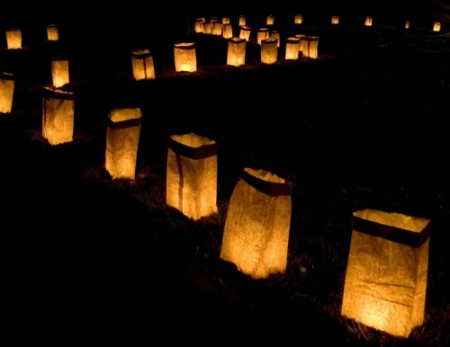 Light is our perennial winter theme. Epiphany, the season of lights and signs, reveals something of what it means to be human. But there are differences in lights, in their uses and in their revelations. Some lights invite us, starlight, Christmas lights, sunshine on spring days, these bring hope into blossom and melt what is frozen. And there are other lights, lasers that destroy and the harsh, merciless lights of interrogation, surgical lights that lay bare what is diseased.
Light is our perennial winter theme. Epiphany, the season of lights and signs, reveals something of what it means to be human. But there are differences in lights, in their uses and in their revelations. Some lights invite us, starlight, Christmas lights, sunshine on spring days, these bring hope into blossom and melt what is frozen. And there are other lights, lasers that destroy and the harsh, merciless lights of interrogation, surgical lights that lay bare what is diseased.
The story of Jesus preaching in his hometown synagogue, amazing everyone at first, then making them so angry they try to kill him, has all of these lights in it, strobing a message that is both well known and incomprehensible.
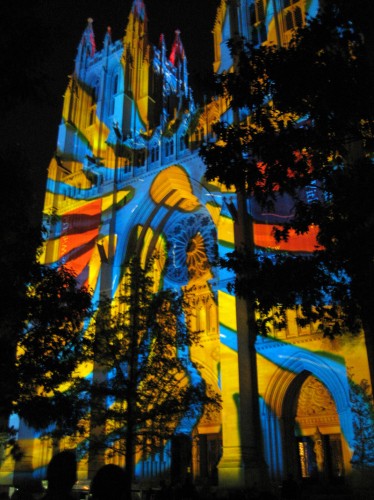 When they adore him he warns them he hasn’t come home to do magic, that they may have heard he has accomplished some miracles, but miracles are few and far between.
When they adore him he warns them he hasn’t come home to do magic, that they may have heard he has accomplished some miracles, but miracles are few and far between.
Their rage rises. And why not? Is it not your constant prayer, as it is mine, that what threatens me and those I love may be removed, that what aches and is empty in me and in those whom I love may be filled? Everyday I want to be saved from my fears and to relieve the lives of those I love of anxiety, sickness, despair. I want what is broken to be mended. I want the arc of history to bend toward peace and justice. I want miracles.
And why pray to a God who will not do these things? And why would I welcome a Messiah who does not bring these things? What kind of love is this, that does not bend to need? But what kind of God consents to serve my will? And what Messiah takes orders like a waiter? And who am I, to be certain that what I will is godly and good? And who would I be, were I to doubt the rightness of these human longings to be free?
And so it was in Nazareth that day, when the combined lights of his home congregation shifted from mellow to harsh. Only what each light allowed to be seen, could be seen. And who was standing in whose light?
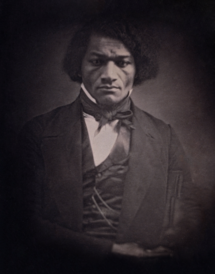 A friend who is a doctor wrote today of the schizophrenia of yesterday, when she received kind and grateful words from one patient who is moving away and regrets leaving her care, right after another patient had cursed her at some length for the care she was giving.
A friend who is a doctor wrote today of the schizophrenia of yesterday, when she received kind and grateful words from one patient who is moving away and regrets leaving her care, right after another patient had cursed her at some length for the care she was giving.
Martin Luther King was praised and cursed. He and the Civil Rights Movement bent the arc of history, and still divide opinions.
The recent PBS documentaries, The Abolitionists, tell of people who sacrificed years, personal happiness, and home, to bend the arc of history, which was on course to spread slavery throughout this nation, so that all Americans could be set free from its curse. In folk memory they have each been remembered for their quirks more than their work: the crazed John Brown, the overly pious Grimkes, the sentimental Harriet Beecher Stowe, the pedantic William Lloyd Garrison, the stentorian Frederick Douglass, the gritty Harriet Tubman.
The series tells us that it was by working together over a long time without evidence of the very thing they were, in fact, accomplishing, that they changed the course of this nation. To their perseverance, in the midst of howling mobs and thundering detractors in the press, we are forever indebted.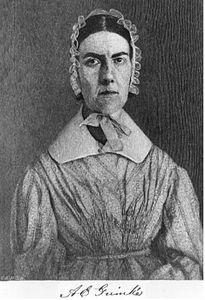
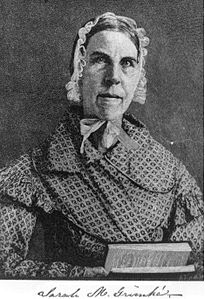
That Jesus bent the arc of history is undeniable. And yet the bending arc, and the truth shining clear in the abolitionists, does not diminish
the anguish we feel about God, unanswered prayers, our lives, what it is we worship, and why.
The last light in this story is a miracle we often overlook: he passes through the howling mob, intent on hurling him from the cliff; he escapes into the midst of them.
From the days of Abraham till our own time, the presence of God has meant God with us in all hours and days, not God altering time to please us. Working with us is not the same as working for us. Jesus invites us to works of salvation with God, in time. Bending the arc of time is a work that is possible, but never easy nor quick.
days of Abraham till our own time, the presence of God has meant God with us in all hours and days, not God altering time to please us. Working with us is not the same as working for us. Jesus invites us to works of salvation with God, in time. Bending the arc of time is a work that is possible, but never easy nor quick.
And that means that prayers, like justice sought, remain with us unanswered even when they are being answered; and that it is only in the long view of remembered times that the bending of the arc becomes visible.
____________________
Illustrations:
1. Luminarias, from Arizona, image from Vanderbilt Divinity Library, Art in the Christian Tradition.
2. Light on the Cathedral, Washington National Cathedral, image from Vanderbilt Divinity Library, Art in the Christian Tradition.
3. Frederick Douglass at 29, Unidentified Artist. Image from Wikipedia, Frederick Douglass page.
4. Sarah Moore Grimke and Angelina Emily Grimke, images from the Wikipedia page, Grimke Sisters.
5. Who Are We? We Are on the Road to Find Out, poster from Rio de Janeiro, Brazil, 2009, image from Vanderbilt Divinity Library, Art in the Christian Tradition .




